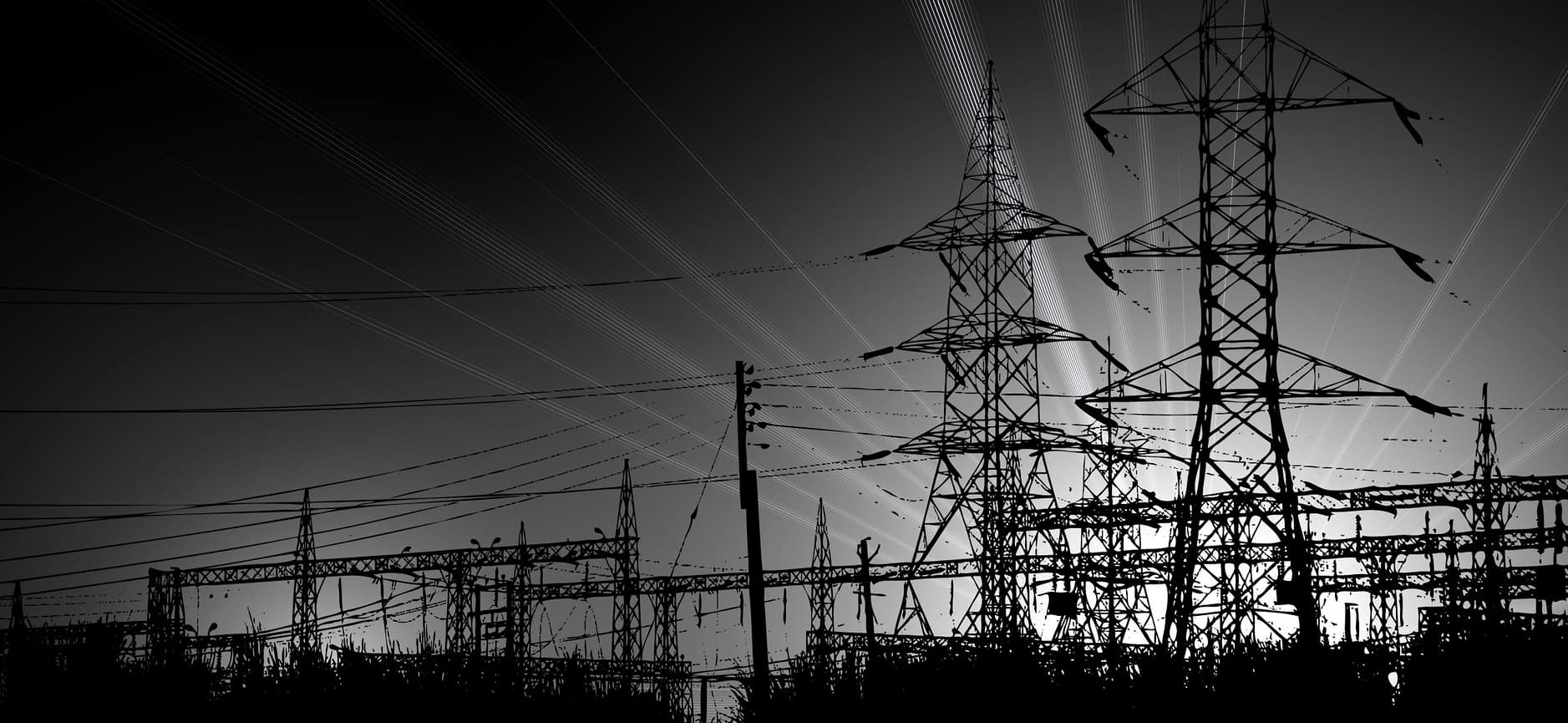
The countrywide protests in Pakistan against frequent power outages and inflated electricity bills have brought to the fore the crippled condition of the energy sector and exposed chinks in the success claims of the China- Pakistan Economic Corridor (CPEC) initiative. Pakistan continues to face an energy supply shortage even though China has claimed to have built over a dozen power plants under the CPEC.
This has left Pakistan to purchase electricity from neighbouring Iran to minimize the debilitating effects of the power crisis amid deepening economic misery and political instability. Now, Iran will supply 104 megawatts (MW) of electricity to Pakistan, which ironically will be used to support CPEC projects in Gwadar.1 The overall electricity shortfall in Pakistan was 6,500 MW in 2022, which caused load-shedding of four to eight hours every day.2 In 2023, the deficit increased to 8,500 MW, thus worsening power outages further.3
Pakistan has been witnessing a grave power shortage for over a year now. This has led to intermittent to prolonged load-shading, forcing millions of people and businesses to suffer. Even crucial government departments such as railways and water supplies faced hurdles in their operations due to sudden and unannounced power disruptions.45 It did not even spare medical services, and doctors at a Lahore hospital once had to perform surgery by torchlight due to the suspension of the electric supply.6 There have been massive protests against the loan-shedding across Pakistan.78 While authorities failed to stop outages and ensure a smooth electricity supply, their action to hike charges has however led to violent reactions from people. Electricity supply offices were ransacked, tyres were set on fire, and roads were blocked in every province of Pakistan.910 Hafiz Naeemur Rehman, a political leader from Karachi, said “We were told that electricity would become cheap but the opposite happened.”11
The protests have been backed by several political outfits including radical Jamaat-e-Islami (JI) and Tehreek-e-Labbaik Pakistan (TLP). This can worsen economic and political stability since the TLP holds a record of laying siege to Islamabad while holding protests against blasphemous cartoons in a French magazine in 2021.12 “We stand with the people and the traders of the city and fully support them against the power utility’s exorbitant billing,” said TLP leader Mufti Qasim Fakhri.13
Energy was the core focus when the CPEC was formulated a decade ago, and China had promised to build power projects to improve output and reduce generation costs.14 At least 14 such energy projects, most of them coal-fired, have been completed while two are under construction.15 On paper, this must lead to the generation of an additional 7,000-8,000 MW of electricity in Pakistan. However, the reality appears contrary.
Most of the Chinese-built power plants have turned non-operational as the Pakistan government struggled to repay the CPEC loan it received from China. “We are not being paid on time and the (Pakistan) government has not constituted a revolving fund as desired by CPEC enterprises,” said the representatives of the Chinese enterprises in the power sector.16 As a fallout, one such project in Pakistan-controlled Kashmir has been abandoned by the Chinese.17
The overdue has crossed USD 1.5 billion, which has led the Beijing government to express its displeasure.18 The power crisis in Pakistan has caused serious damage to the domestic industry and businesses. No CPEC project could come to the rescue. Observers and experts in Pakistan said the energy sector became the Achilles heel of the country’s faltering economy. “The power sector continues to be a major source of concern with circular debt at a high of PKR 2.6 trillion at present,” said prominent journalist Anjum Ibrahim.19
Energy consumption in Pakistan is expected to increase by 48 percent by 2031, according to a study conducted by the think tank Policy Research Institute for Equitable Development.20 The age-old, crumbling energy infrastructure, lack of government control on power generation, and apparent failure of CPEC projects are going to hurt Pakistan in the long term. “If these power outages and these broader electricity problems continue over time, you’re going to see major deleterious implications for the economy, both right away and further down the road,” said Michael Kugelman, a South Asia expert at the Washington-based Wilson Center.
1 https://www.arabnews.com/node/2351611/pakistan
2 https://www.nation.com.pk/14-Aug-2022/pakistan-s-electricity-shortfall-reaches-6- 500mw
3 https://en.dailypakistan.com.pk/25-Jun-2023/load-shedding-in-pakistan-worsens-as- shortfall-exceeds-8-500mw
4 https://www.brecorder.com/news/40258929
5 https://arynews.tv/multiple-railway-depts-face-power-outage-over-unpaid-dues/
6 https://www.dawn.com/news/1769471
7 https://tribune.com.pk/story/2430530/violent-protest-erupts-over-prolonged-power- outages
8 https://www.dawn.com/news/1771783/kohat-residents-protest-power-outages
9 https://www.dawn.com/news/1706741
10 https://www.aajenglish.tv/news/30331637 11 https://tribune.com.pk/story/2432446/nationwide-protests-erupt-against-inflated- electricity-bills
12 https://www.economist.com/asia/2021/04/24/pakistans-religious-extremists-are- holding-the-government-to-ransom
13 https://tribune.com.pk/story/2432484/protests-held-against-inflated-power-bills
14 https://www.pakistantoday.com.pk/2022/12/01/cpec-projects-help-pakistan-improve- energy-structure-reduce-power-generation-cost-zhao-lijian/
15 https://cpec.gov.pk/energy
16 https://www.geo.tv/latest/506538-cpec-firms-urge-govt-to-guarantee-on-time- payments-to-operationalise-powerhouses
17 https://economictimes.indiatimes.com/news/international/world-news/chinese-firm- abandons-neelum-jhelum-hydropower-project-in- pakistan/articleshow/94125754.cms?from=mdr
18 https://tribune.com.pk/story/2406105/beijing-asks-for-15b-payment 19 https://www.brecorder.com/news/40255327/power-sector-remains-pakistans-achilles- heel





